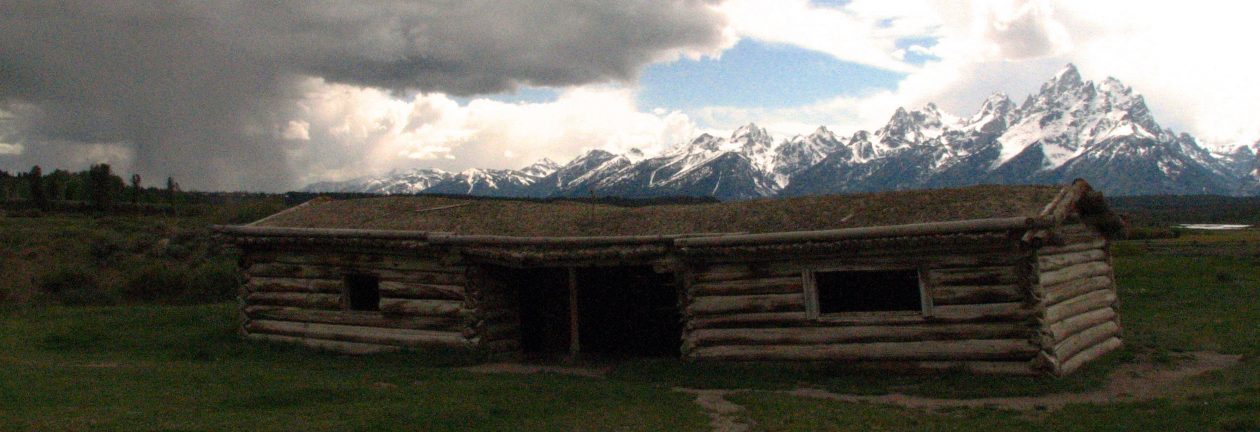Patna, India
Today I was ill prepared and it sucked; due to me not having internet access in my hotel (honestly, what the freak? it’s the 21st-century!), I had no idea where anything was that I wanted to see (I was left to the mercy of auto rickshaw drivers . . . God, help me), I didn’t know which order I should attempt to see the sites in, and I had no idea how to get to anywhere (it also didn’t help that the Tourism Office in Patna did not have a map of the town nor the surrounding area – honestly, what the freak?! – more on this after the next few sentences).
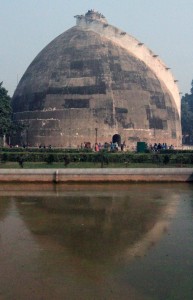
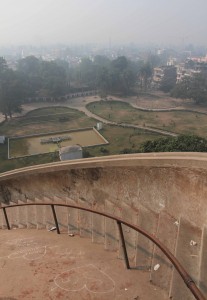
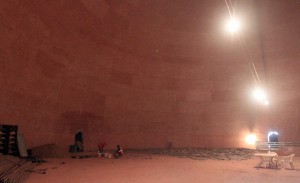
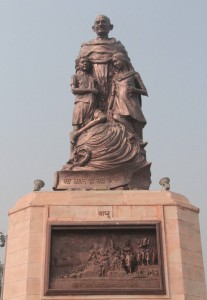
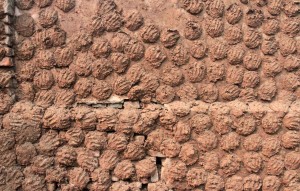
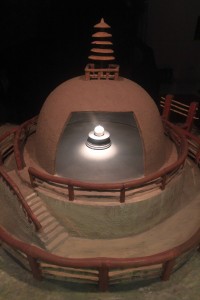
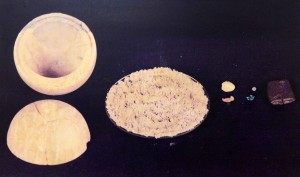
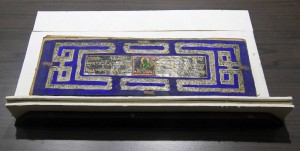
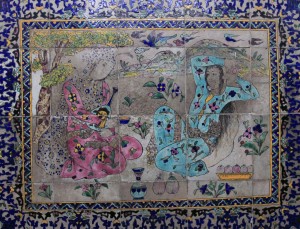
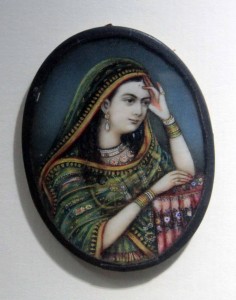
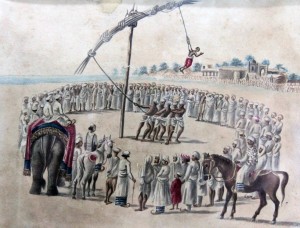
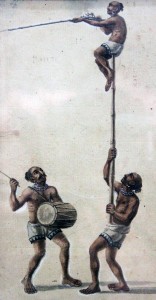
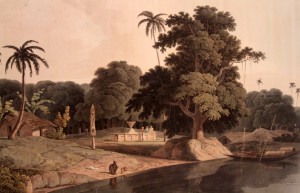
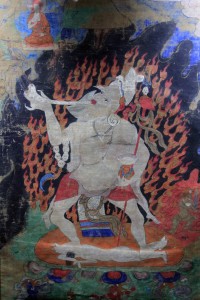
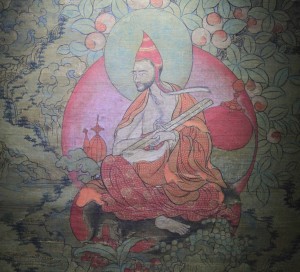
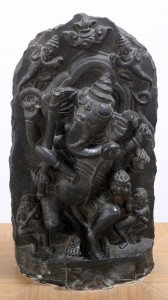
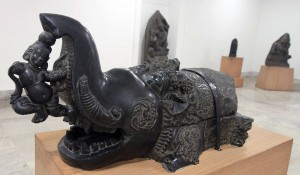
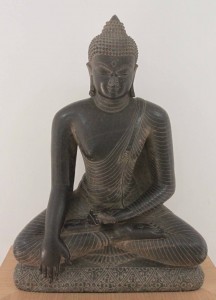
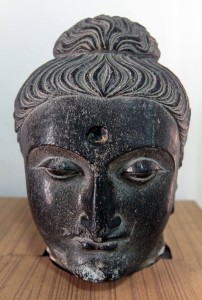
I woke up at 05:00, dressed, grabbed my camera, and walked to the Gaya Junction Railway Station; I then bought my ticket for the Gaya-Patna Express Train (I was probably the only one to buy a “General Passenger” ticket since they don’t check “General Passenger” tickets, and the coach is usually overcrowded; I imagine most people – if not all – ride for free). I then caught the 05:45 (actually 06:00) train to Patna, which took about two hours. I arrived at Patna Railway Station shortly after 08:00, walked to the Tourism Office to find out where everything is, but was dismayed when I discovered they didn’t have a map of the town and all the woman in the office could recommend was that I take a Tourist bus or a private taxi (no doubt, operated by some one she knows) to see all the sights in and around Patna ( . . . fuck . . . that . . . ); so I walked to the opposite side of the tracks, and found an auto rickshaw to take me (as well as many others) to the nearby bus station; once I arrived at the bus station, I walked around trying to find a bus that would take me to Vaishali, a region 55 kilometers away from Patna and that is believed to be the world’s oldest republic, dating to 2600 BC; however, no one I met spoke any English and it was not obvious which bus to take; I then had second thoughts about journeying to Vaishali and I realized that if I did indeed travel there, that would probably be all I would’ve seen today (when taking in to account the time it would take for the bus to fill with passengers (probably one hour), the time it would take to travel there (one and a half hours), the time it would take for me to see the ancient stupa and surrounding historical sights (two hours), and, finally, the time it would take to find a bus, wait for it to fill up, and then to travel back down to Patna (two and a half hours); thus taking up a total of seven hours just to see one historical area in the region); so, I decided to leave the bus station (via auto rickshaw) and travel to the Patna Museum; I arrived at the museum just after 09:00, but the museum was not to open until 10:30; so I walked along one of the roads and happened upon Golghar (the granary of Patna, built in 1786 AD by John Garstin – after the devastating famine of 1770 AD, Warren Hastings, the Governor General of India, ordered its construction); I waited outside the gate for over half an hour (it too would not open until 10:30) with a number of school children; the gate then opened, I bought my ticket, and then I climbed the steps up the 29 meter granary to catch a view of the surrounding area (not very impressive); I then walked down the steps, looked inside the granary (a lot of renovation work was behind conducted), walked around the park, and then exited the compound. Next, I walked to a nearby park with many children playing cricket and that had a large statue of Gandhi. After visiting the park, I walked back to the Patna Museum, bought my entrance ticket, and started to wander around inside; in no time at all, a security guard and the curator approached me to take me up to the second floor to see Lord Buddha’s relic (I was a bit confused about the whole situation, not realizing that the relics chamber remains locked and secured except during visitations from the apparently few tourists who buy the relics ticket (twice the price of the ordinary museum ticket)); once taken to the relics chamber, the door was unlocked and I was led inside to view the small clay jar that contains a portion of Buddha’s ashes and a few of his worldly possessions (after he died and was cremated, his ashes were taken to various places and this portion ended up at Vaishali where it was placed inside a stupa; later the stupa was excavated and the jar of ashes and possessions were moved to this museum); after having my own personal viewing time with one of Buddha’s cremation jars and having the museum curator explain almost everything in the room to me, I walked outside of the reliquary chamber and viewed the bronze statues, terracotta works, stone statues, paintings, weapons, and everything else the museum offered; the curator seemed genuinely interested in showing me around and initially explained everything to me in the bronze statue room, but then left to tend to his other duties. After looking at everything inside the museum, I walked outside of the premises and received instructions on how to reach the other sites I wanted to see in Patna from the museum’s security guards – take an auto rickshaw, but at an unbelievably realistic price (they really do charge foreigners way more than they do locals). I then walked around trying to find an auto rickshaw (they are never around when you need them) and stumbled upon a Kentucky Fried Chicken; since I was hungry and it was lunch time, I committed myself to having a chicken wrap, fries, soda, and a mango smoothie. After lunch, I found an auto rickshaw to shuttle me back to the railway station; once there, I found another auto rickshaw to take me to y next destination.
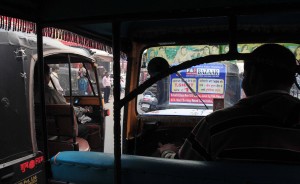
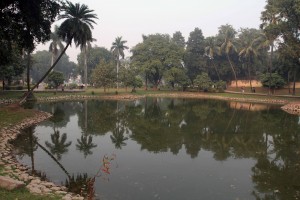
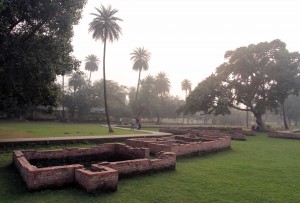
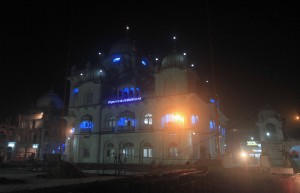
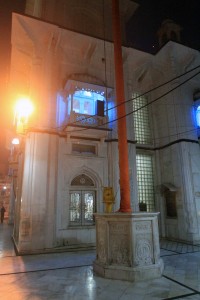
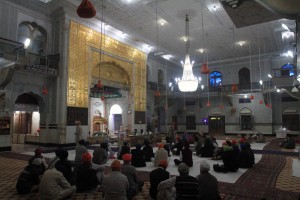
After driving on Patna’s clogged arterial roads for about half an hour, I reached “Ancient Pataliputra” (in Kumrahar); in the sixth century BC, it was a small village where Buddha, sometime before his death, had noticed a fort being constructed – under the orders of King Ajatshatru of Rajgrih – for the defense of the Magadh Kingdom against the Lichchavi Republic of Vaishali; impressed by its strategic location, King Udayin, son and successor of Ajatshatru, shifted the capital of the Magadh Kingdom from Rajgrih to Pataliputra in the fifth century BC; for about a thousand years afterward, Pataliputra remained the capital for the Indian empires of Shaishunag, Nanda, Maurya, Sunga, and Gupta dynasties; today, all that remains is a park (with some ponds), some ruins of columns (from the ancient capital), some more ruins of brick buildings, and an archaeological museum containing precious few terracotta artifacts – altogether, the park was hardly worth visiting, certainly not worth going out of your way for. After visiting the archaeological park in Kumrahar., I struggled to find a fair and decent auto rickshaw to take me to my next destination: the temple at Takht Shri Harmandirjee in Patna Sahib (the birth place of the tenth religious preceptor of the Sikh Faith, Guru Gobind Singhjee). By the time I found an auto rickshaw and managed to get to the temple, it was already night; immediately upon arriving at the gate, I was given an orange bandana to wear on my head; I then walked to the shoe and sock depository; stripped my feet bare naked, washed them in a disgusting pool of communal water, and then walked to the temple entrance; outside the entrance was a pole wrapped in orange fabric and inside were worshipers sitting Indian-style (we are in India, so . . . of course) listening to Sikh musicians playing their religious tunes and chanting along; I sat with them for some time enjoying the music and reverent atmosphere (I truly enjoyed this Sikh temple and I hope to visit more of them on my journey – also, the people in charge of the temple were very nice and accommodating for tourists) before exiting the premises, putting my shoes and socks back on, and finding an auto rickshaw to take me back to the Patna Railway Station. The ride back to the railway station was long and annoying (I think India is the worst country in Asia when it comes to automobile drivers using their horns far too much – it is enough to give a tourist a permanent headache), but after over an hour, I reached the train station; I then bought my return ticket to Gaya and waited around for about two hours before my train arrived (at about 22:00 – before then, I walked rather aimlessly around the train station, eating junk food; I was also surprised to see people selling sheets of processed food packages (e.g. Reese’s Pieces, Famous Amos, Halls drops, etc.) for locals to lay on or use as sheets to sleep with (were these rejected sheets from the packaging plants?)); since I had bought a ticket for the general coach and since most locals ride it without buying a ticket, thus cramming the train full of passengers, I did not have a seat for the two and a half hour journey back to Gaya Junction; so I stood up for the entire time and read the Book of Revelation; once finishing that book, I finished reading the entire Bible (I had read the New Testament before, but now I had read the “Old” and the “New”, together and chronologically) and I realized that the recipe to a terribly horrific acid trip would be to read the Book of Revelation before taking LSD (can you imagine the crazy shit you’d see if you did that? . . . I think I might try that sometime). We then reached Gaya Junction after 00:30, I walked back to my hotel room, relaxed, and fell asleep shortly before 02:00. What a loooooonng day.
